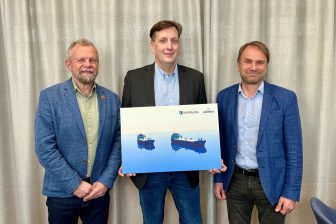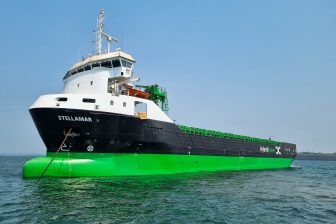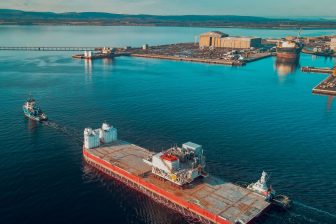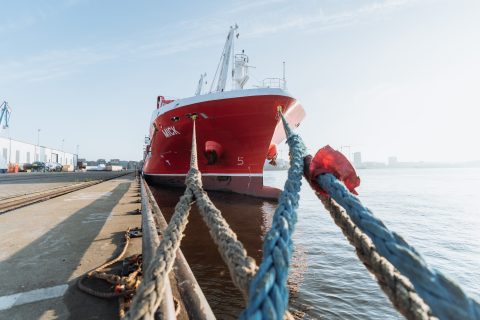
dship Carriers: there is no silver bullet for fleet decarbonisation
As GHG emission regulations get stricter by the day, the search for the right solution continues for shipping companies. dship Carriers is one of the companies in the MPP sector that has already taken major steps in reducing the carbon footprint of its fleet.
However, Lars Feller, president at dship Carriers says that while many have opinions and comments on the topic, no one has yet been able to pinpoint the right solution. “We are turning in circles a bit,” Feller says. For the existing fleet, retrofitting certain solutions, and sailing at slower speeds is one way of tackling the issue.
As for its newbuilds, dship Carriers are already looking at technical solutions to reduce consumption of its vessels and into new concepts with a significant focus on the engines and the fuels to be used. While no decision has been made yet, Feller notes that liquefied natural gas (LNG), which many have seen as a solution, is not the way to go for the company. “In my opinion, alternative fuels are the way to go, as for our fleet, LNG is not really the solution,” he says.
The company has already taken steps to make sure its fleet is up to date, recently closing its fleet expansion program that was initiated in 2018. MV Charlie, the eco-friendly F-500 type vessel joined its sister vessels MV Mick, MV Keith and MV Ronnie.
MV Ronnie and MV Charlie are equipped with a Becker Mewis Duct and a Becker Rudder, two devices utilising energy-saving technology, which is the company’s next step toward environmentally-friendlier shipping solutions supporting lower fuel demand. These consumption lowering devices consist of two elements mounted on the vessel in front of the propeller and an integrated fin system.
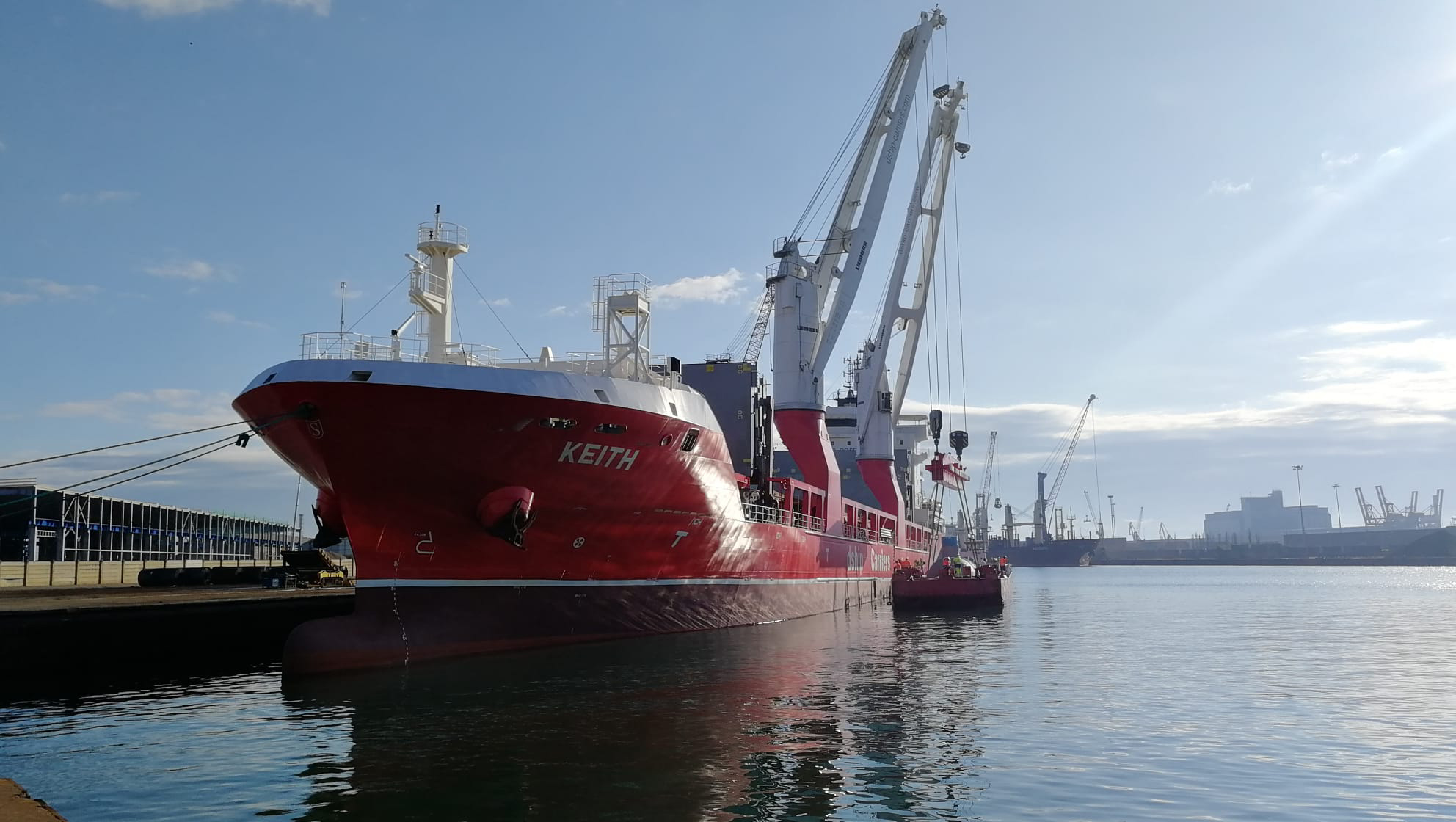
Covering the demand
Staying on top of GHG emission requirements is a constant challenge, but the current market conditions mean it would be wise for the company to also look into adding tonnage to its fleet.
For its latest purchase, dship Carriers dipped into the second-hand market, adding three more vessels to its fleet. The new ships are the Brattingsborg (built in 2010), Billesborg (built in 2011) and Ellensborg (built in 2011) of the Danish shipping company Weco Projects. The ships built by the Chinese Sanfu Shipyard have a DWT of 12,580 and two cranes each for maximum loads of 300 MT in combined operation.
The Brattingsborg is part of dship’s fleet already and the other two vessels will enter service in the third or fourth quarter 2022.
However, Feller is of the opinion that it is getting increasingly hard to find the right tonnage in the second hand market, meaning the next natural step for dship Carriers is newbuildings. However, coupled with the regulations, getting the right newbuilds to the market is key. dship Carriers still has an eye on both – the second-hand market as well as newbuilds, but currently has the fleet size it feels comfortable with.
“There will be tremendous demand for MPP tonnage in the future, especially for us, as we see significant demand coming from the oil and gas, as well as wind industries,” Feller adds. MPP sector is still expected to pick up the overspill from the container market well into 2022, but the balance is expected to shift back to container vessels dipping more into the breakbulk and project cargo sector. A positive thing for Feller is the fact that older tonnage will have to get out of the market at some point. “Despite the container vessel newbuilds coming to the market in the next few years, with many projects coming up, there should be plenty of work for everyone to stay happy,” he says.
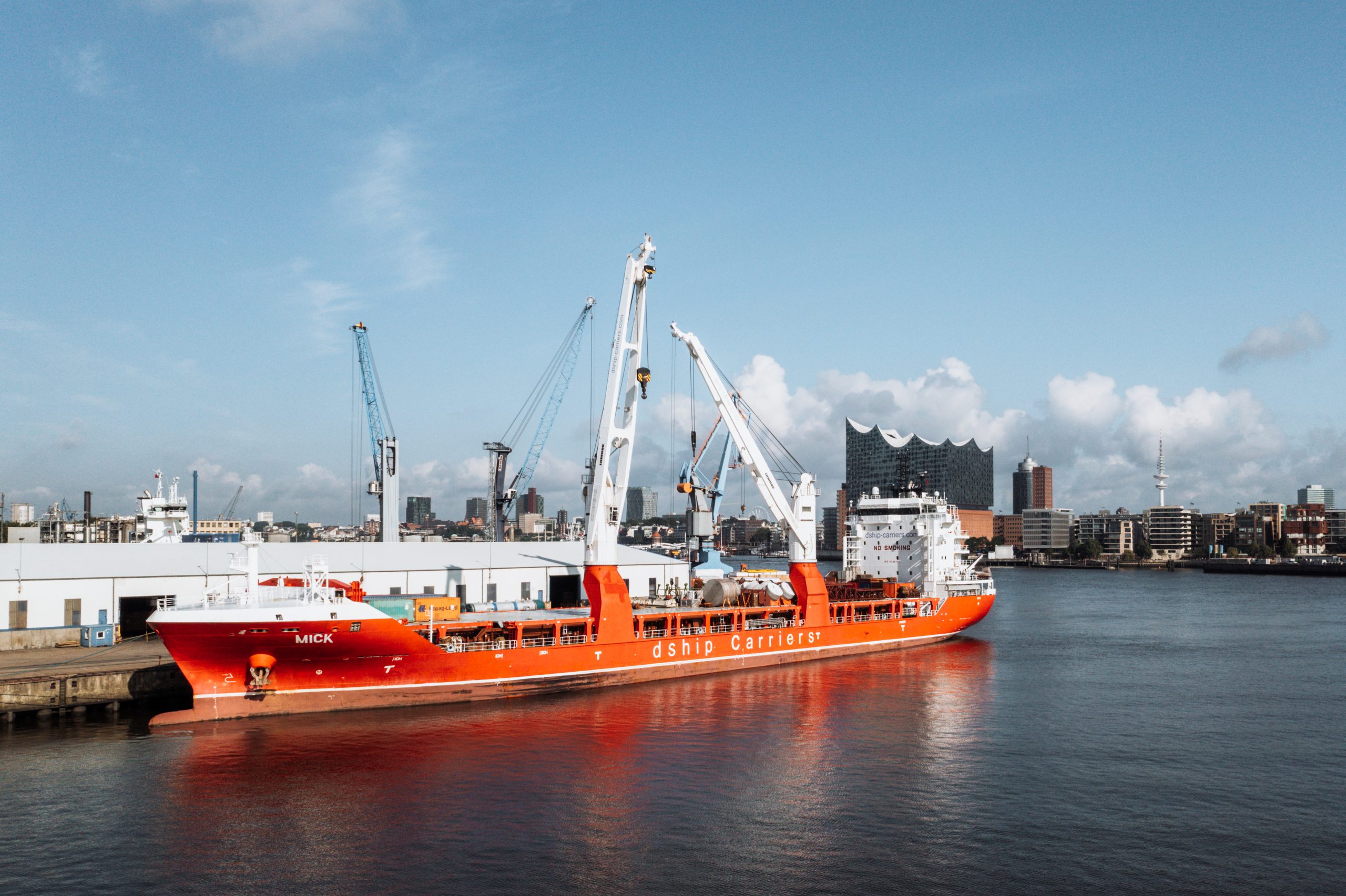
In a separate comment through her social media channels, Susan Oatway, Drewry’s senior analyst, multipurpose & breakbulk shipping, adds that newbuild orders are at an all time low, suffering from a lack of investment and available yard space. So owners need a long term charter commitment or a confirmed COA to ensure their vessels stay employed.
Similarly, the Hamburg-based shipbroker Toepfer Transport, in its recent monthly report said that activity on the newbuildings market has slowed down, and newbuilding prices are not expected to weaken in the intermediate future. Despite this, Feller notes that dship Carriers would definitely look at newbuildings for specific projects it has in the pipeline.
dship Carriers is still eyeing the right solution, not only to cover the future demand for MPP tonnage but also to stay in line with stricter environmental regulations for the shipping industry. “We are discussing how newbuilds could look like, especially when it comes to coping with new regulations, which at some point, or in the ideal case, will reach zero emissions,” concludes Feller.
One thing is for sure, there are many options being considered, and no silver bullet is in sight for the whole industry.
You just read one of our premium articles free of charge
Register now to keep reading premium articles.


